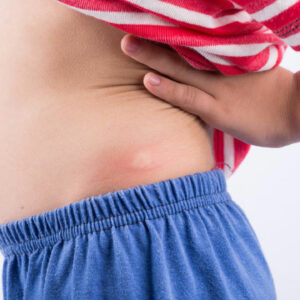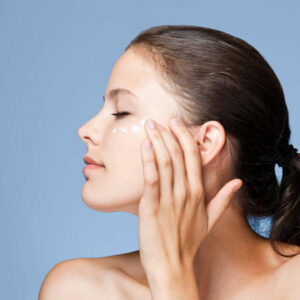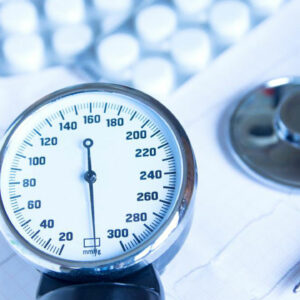
01
Get Relief from Pollen Allergy Using These Effective Tips
In Spring, the rate of pollens is high in the environment that can cause different types of pollen allergies. Pollen allergy is one of the most popular allergies that many people suffer from. If you are the sensitive one, who always faces problem in spring season due to pollen allergy, then, of course, preventing this is not an easy task for you. People who are prone to the outer environment and involve traveling in their daily activity might experience pollen allergy. Yes, you will find many medications that give you pollen allergy relief. These medications can’t prevent the allergy for a long time. But, you can avoid this problem by keeping a few tips to your daily lifestyle routine. You might not need to go for a consultation with your doctor and pay high fees to them for providing pollen allergy relief. We have arranged some useful tips to keep you safe from this seasonal allergy. Add Vitamin D to your diet Studies have proved that a person who takes vitamin D in the daily diet, have fewer chances to get affected by allergies. If you want to stay away from pollen allergies, then it is a useful tip that you add vitamin D to your diet schedule. Some dairy products, orange juice, soy milk, cereals, cheese and egg yolks are the most abundant source of vitamin D. So, just add these supplements to your diet and feel the change. Clean carpet Carpets are the home of dust, mites, and molds. And, in the spring season, pollen partials also gets attached to the carpet and increases the chances of pollen allergy. It can come along with your shoes. So, make sure that you clean your carpet regularly. Do not avoid cleaning the carpet of your bedroom especially because it is the only place where you spend at least 8 hours of sleep.
Read More 










